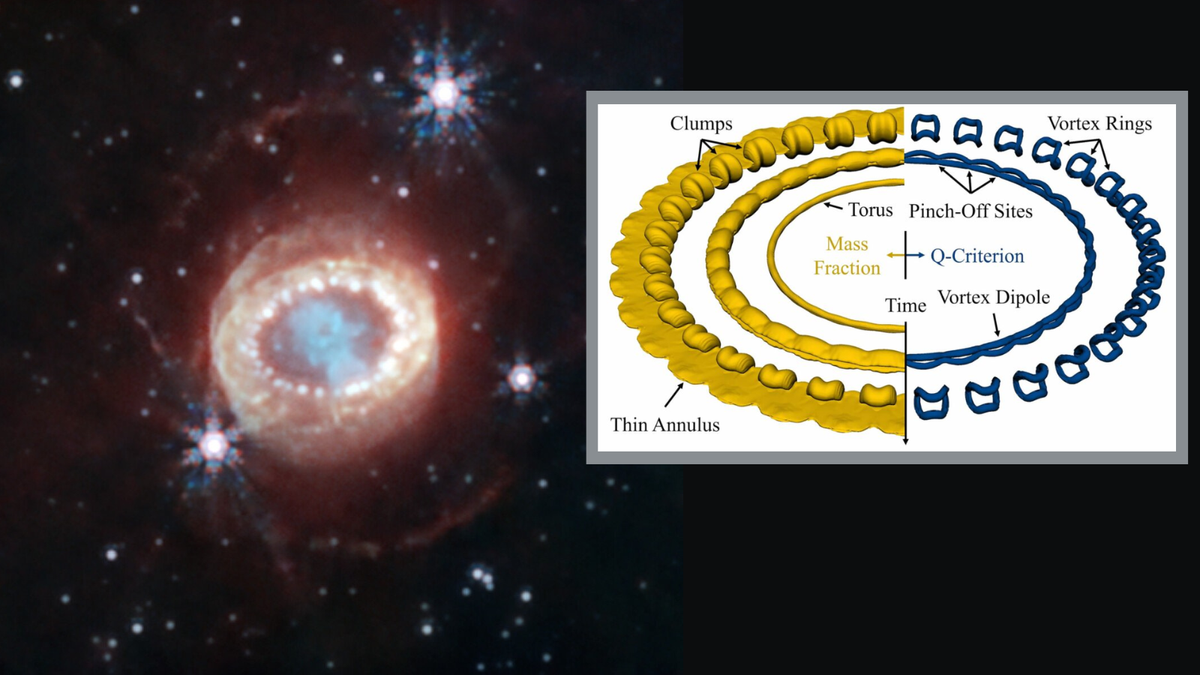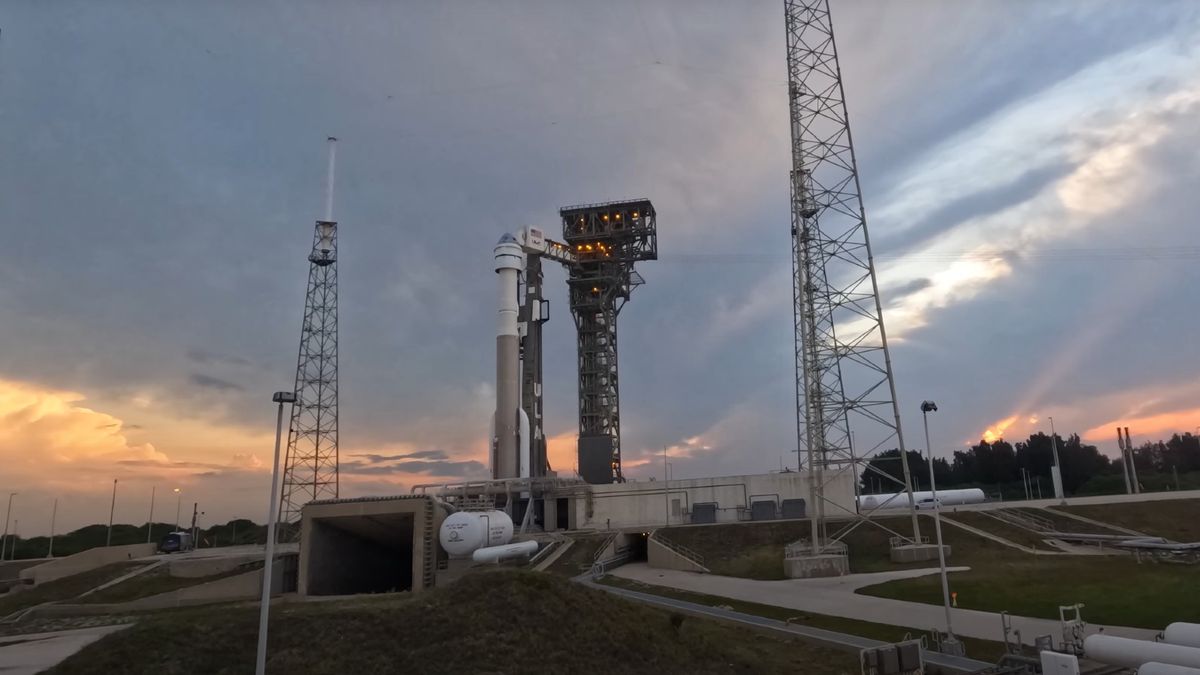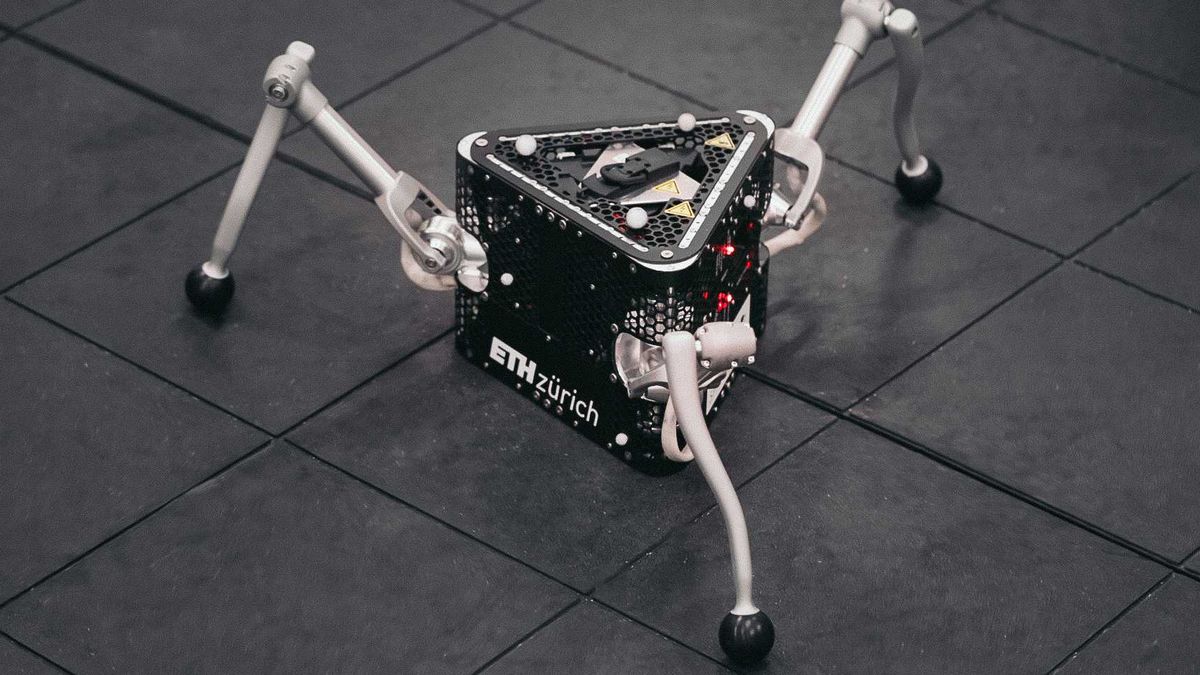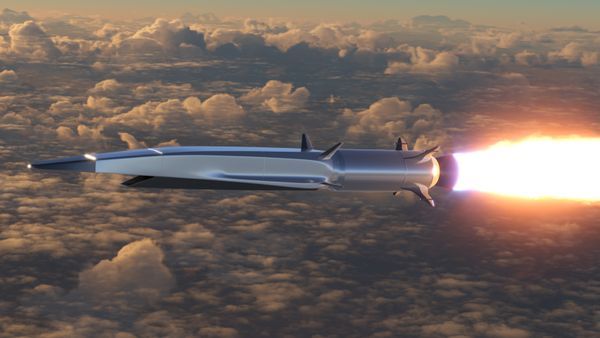String of Pearls Around Supernova 1987A
Researchers may have unraveled the mystery behind the stunning “string of pearls” formation surrounding the relatively nearby supernova known as Supernova 1987A (SN1987A). Situated in the Large Magellanic Cloud, a satellite galaxy of the Milky Way approximately 160,000 light-years away, SN1987A is the aftermath of a colossal stellar explosion that birthed a neutron star encircled by stellar material.
One of the most notable features of SN1987A is the presence of clumps of glowing hydrogen plasma, a peculiar structure that has puzzled astrophysicists for years. While the Rayleigh-Taylor instability theory has been commonly cited to explain the formation of fluid structures in plasma, it falls short in elucidating the enigmatic cosmic jewelry phenomenon witnessed around SN1987A.
Recent research conducted by scientists from the University of Michigan suggests a breakthrough in understanding the genesis of this cosmic adornment. Drawing parallels between the formation of SN1987A’s hydrogen clumps and airplane contrails, the team proposes a potential mechanism known as “Crow instability.”
Revealing Parallels with Airplane Contrails
Michael Wadas, a researcher at the California Institute of Technology and member of the research team, drew parallels between the breakup of airplane wakes and the formation of hydrogen clumps around SN1987A. By likening this phenomenon to the Crow instability mechanism, which is typically observed in the merging of wingtip vortices from jet airflow, the team aims to shed light on the origin of the extraordinary string of pearls.
Unlike the Rayleigh-Taylor instability, the Crow instability model offers a predictive advantage in estimating the number of clumps expected around the supernova remnant. According to Wadas, while the former theory hints at the presence of clumps, quantifying their exact count remains a challenging task.
Significance of Supernova 1987A
SN1987A holds a special place in astronomical history due to its proximity to Earth and its status as one of the most extensively studied supernovas. This cosmic explosion, visible to the naked eye, marks a rare event that has significantly contributed to our comprehension of stellar evolution and the fate of massive stars.
Supernovas like SN1987A occur when massive stars reach the end of their fusion fuel reserves, triggering a cataclysmic explosion that expels their outer layers and forms either a neutron star or a black hole. The recent discovery of a neutron star at the core of SN1987A using observations from the James Webb Space Telescope underscores the ongoing quest to unravel the mysteries of this stellar remnant.
Understanding the Origin of SN1987A’s Clumps
While the exact progenitor star that gave rise to SN1987A remains a topic of speculation, researchers hypothesize that the collision of two stars led to the formation of a gas ring around the eventual supernova site. In the millennia preceding the supernova event, intense stellar winds likely sculpted clumps of hydrogen around the evolving star, creating the foundation for the distinctive string of pearls observed post-explosion.
The simulation developed by the University of Michigan team offers insights into the dynamic interaction between the stellar wind and the surrounding gas cloud, leading to the manifestation of Crow instability and the subsequent fragmentation of the hydrogen cloud into distinct clumps. Remarkably, the simulation accurately predicted the presence of approximately 32 pearls encircling SN1987A, aligning closely with observational data.
Furthermore, the simulation posits the existence of additional hydrogen pearls that may be fainter than the prominent string encircling SN1987A, hinting at a more intricate cosmic tapestry waiting to be unveiled. High-resolution images captured by the James Webb Space Telescope further support this hypothesis, suggesting a richer array of hydrogen formations surrounding the famed supernova.
The implications of studying these cosmic beads extend beyond deciphering the origins of SN1987A’s jewelry. Insights gained from this research could potentially inform our understanding of planet formation within collapsing clouds of gas and dust surrounding young stars, offering a multifaceted perspective on stellar evolution and cosmic phenomena.
The research findings detailing the exploration of SN1987A’s hydrogen clumps were recently published in the prestigious journal
Image/Photo credit: source url





